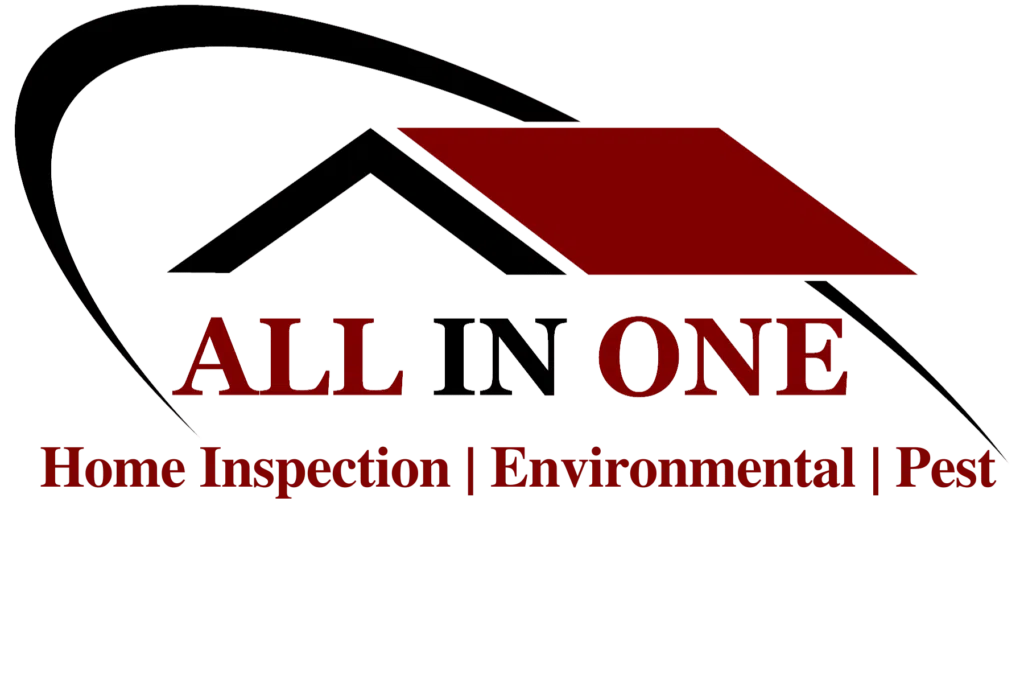Top Safety Concerns in Older Homes and How to Address Them
The Hidden Dangers in Older Homes — And How a Home Inspection Can Help
From Outdated Wiring to Mold Risks, Here’s What You Need to Know
There’s something undeniably charming about older homes — the craftsmanship, the architectural details, the sense of history. But beneath the character and curb appeal, these homes can hide safety hazards that newer constructions are far less likely to have.
Whether you’re buying an older home or already living in one, it’s important to be aware of potential risks that can impact your health, safety, and finances. A thorough home inspection is key to identifying these issues early and planning the right course of action.
Here are some of the most common safety concerns found in older homes — and why they shouldn’t be ignored.
1. Outdated Wiring: A Hidden Fire Hazard
Many homes built before the 1980s still have obsolete electrical systems that weren’t designed for today’s energy demands. Knob-and-tube wiring or aluminum wiring, for example, may be outdated, overloaded, or deteriorating. These systems:
- May not meet modern electrical codes
- Can pose serious fire risks
- Often lack grounding, which increases the chance of electrical shock
Even if everything seems to be working fine, aged wiring can fail without warning. An inspector can test circuits, evaluate breaker panels, and identify red flags before they become emergencies.
2. Lead Paint and Asbestos: Silent Health Threats
Before their dangers were fully understood, materials like lead-based paint and asbestos were common in homes built before the late 1970s.
- Lead paint can chip or turn to dust, especially around windows and doors, and is particularly dangerous to children, affecting brain development and behavior.
- Asbestos, used in insulation, floor tiles, and even ceiling textures, becomes hazardous when disturbed, as the microscopic fibers can cause serious lung diseases, including cancer.
A licensed home inspector can flag materials likely to contain these substances and recommend environmental testing and certified remediation if needed.
3. Faulty or Missing Smoke Detectors
You’d be surprised how many older homes either lack adequate smoke detectors or have units that are too old to function properly. Smoke and carbon monoxide detectors:
- Should be replaced every 10 years
- Need to be placed in key areas: outside bedrooms, inside sleeping areas, and on each level of the home
Outdated or missing alarms can mean a delayed response in an emergency. A home inspection will ensure your home meets basic safety standards — and that detectors are working as they should.
4. Weak Structural Components
Over time, the bones of a home can weaken. Older homes are more likely to have rotting floor joists, crumbling foundations, or damaged support beams. Contributing factors might include:
- Moisture intrusion
- Termite damage
- Improper renovations or additions over the years
These issues can compromise the integrity of the entire structure, leading to costly repairs or even making parts of the home unsafe. Inspectors are trained to spot signs of sagging, cracking, and other red flags that might otherwise go unnoticed.
5. Poor Ventilation and Air Quality Issues
Many older homes weren’t designed with modern air circulation in mind. That can lead to:
- Trapped moisture in bathrooms, kitchens, or basements
- Mold growth behind walls or under floors
- Poor indoor air quality, which can affect your respiratory health
Today’s inspections often include moisture readings, ventilation checks, and even air quality assessments. Identifying ventilation issues early can prevent long-term damage and improve your day-to-day comfort.
The Role of a Home Inspection: Your First Line of Defense
While older homes carry unique risks, the good news is that most issues are fixable — once you know about them. That’s where a professional home inspection comes in.
A qualified inspector will assess every major system in the home, including electrical, plumbing, HVAC, roofing, structure, and environmental hazards. Their report can:
- Give you peace of mind
- Help you budget for repairs or upgrades
- Guide smart negotiations during a home purchase
Final Thoughts: Charm Shouldn’t Come at the Cost of Safety
Older homes can offer beauty, history, and character — but they also require extra attention when it comes to safety. Knowing what to look for, and hiring the right professionals to evaluate the property, ensures that your dream home doesn’t come with hidden dangers.
If you’re considering buying or currently living in an older home, a thorough inspection isn’t just a smart step — it’s a necessary one.
